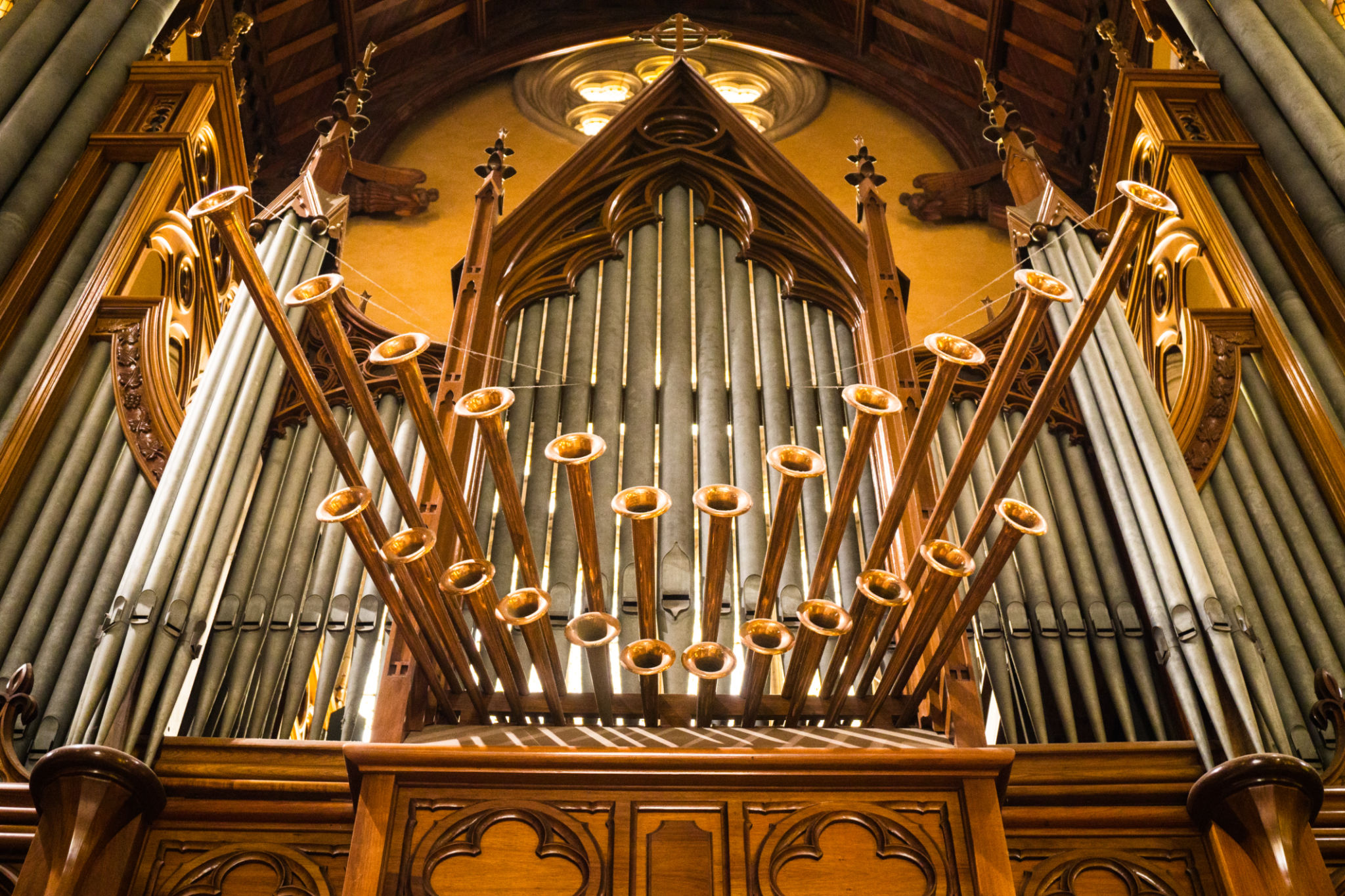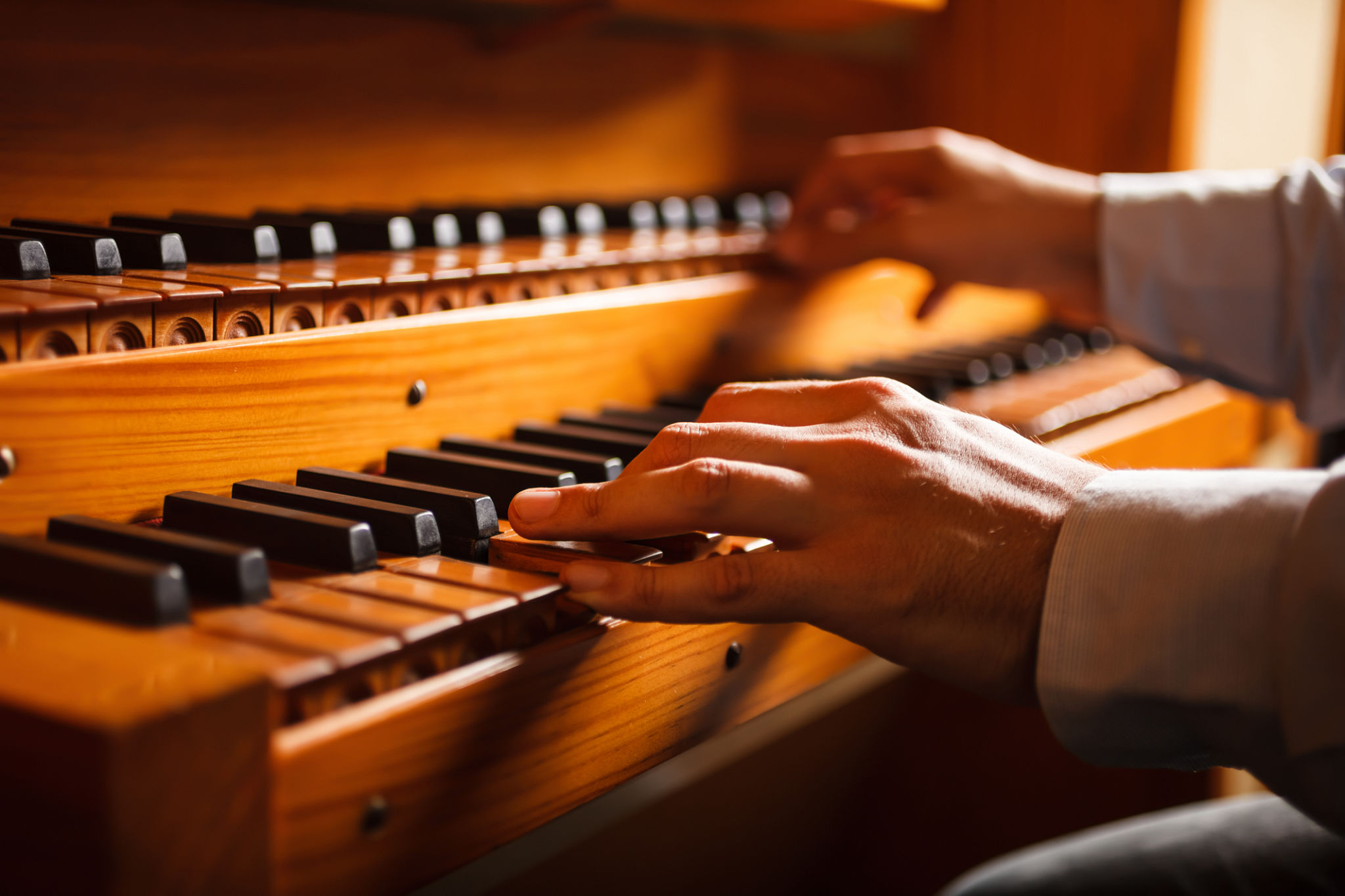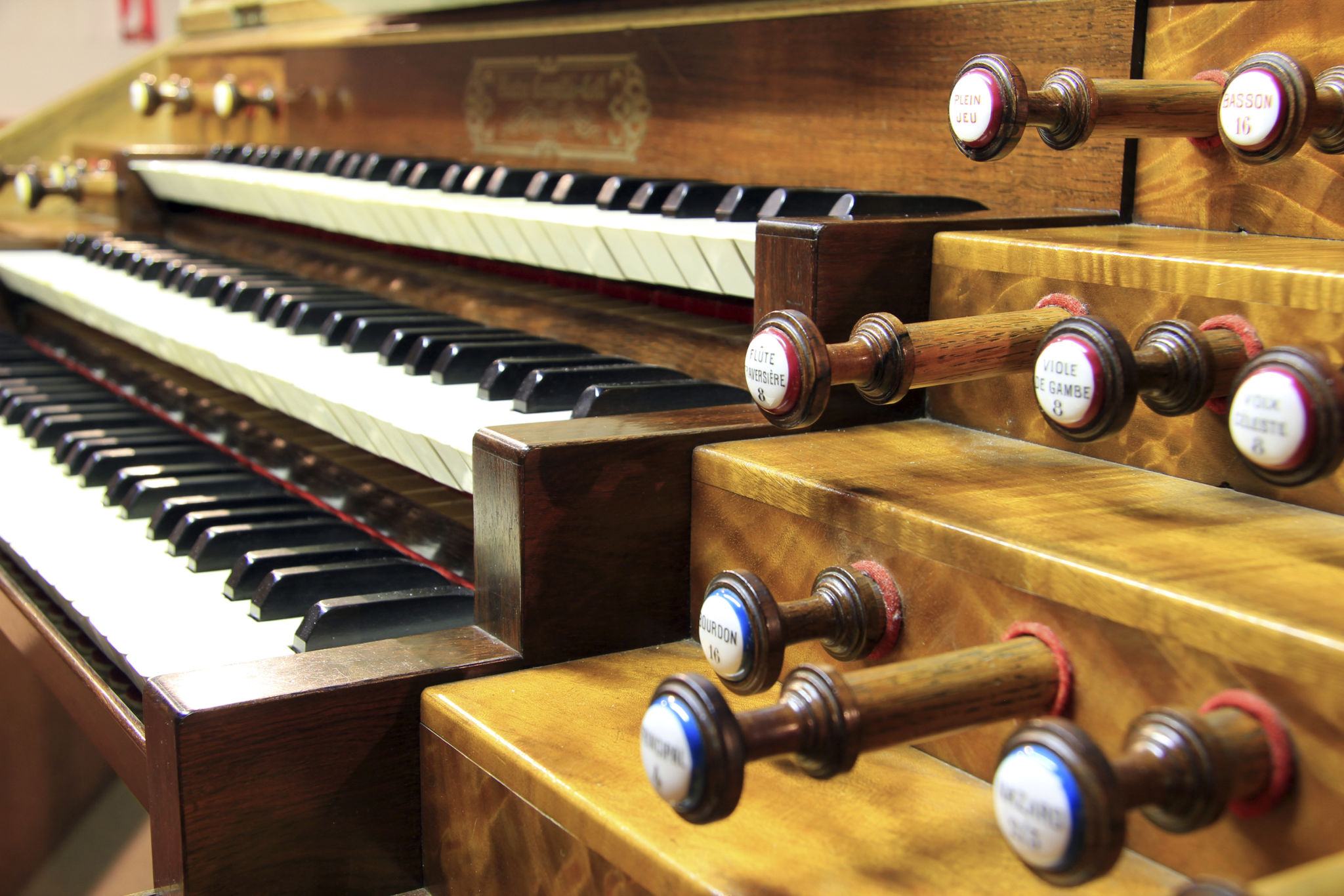How to Appreciate Organ Music: A Beginner's Guide
Understanding the Magnificence of Organ Music
Organ music has a rich history and is often associated with grandeur and solemnity. From cathedrals to concert halls, the sound of an organ can fill a space with its deep, resonant notes. For beginners, appreciating organ music can be a rewarding experience that opens up a world of musical complexity and emotion.
The pipe organ, often referred to as the "king of instruments," has a unique ability to produce a vast range of sounds, from delicate whispers to thunderous roars. Understanding the mechanics and artistry behind this instrument can greatly enhance your appreciation of its music.

Getting to Know the Organ
Before diving into organ music, it's beneficial to familiarize yourself with the instrument itself. The organ is comprised of a console, multiple keyboards, a pedalboard, and an array of pipes. Each component plays a crucial role in producing its distinctive sound.
The console is the control center, where the organist plays. The keyboards, or manuals, allow for complex melodies and harmonies, while the pedalboard provides the bass foundation that is characteristic of organ music. The pipes vary in size and material, contributing to the organ's diverse tonal palette.
Exploring Different Styles
Organ music spans a wide range of styles, from classical compositions by Bach and Handel to contemporary works. Understanding these styles can deepen your appreciation. Baroque organ music, for example, is known for its intricate counterpoint and ornate melodies. Romantic organ music often features lush harmonies and dramatic dynamics.
Listening to different styles can help you identify what resonates with you personally. Attend live performances or listen to recordings to explore the variety within organ music.

Listening Actively
Developing an ear for organ music involves active listening. Pay attention to the interplay between melody and harmony, as well as the use of dynamics and timbre. Notice how the organist manipulates the instrument to evoke different emotions.
Focus on specific elements like the swell box, which controls volume, or the use of stops that alter the sound quality. Understanding these nuances can enhance your listening experience and reveal the complexity behind each piece.
Attending Live Performances
One of the best ways to appreciate organ music is by attending live performances. The physical presence of the instrument and its sound filling a large space is an experience that recordings simply cannot replicate. Observe the organist's technique and how they interact with the instrument.

Many churches and concert halls offer free or affordable recitals. Take advantage of these opportunities to immerse yourself in the live sound of an organ.
Engaging with the Community
Joining a community of organ enthusiasts can enrich your journey into appreciating this majestic instrument. Online forums, social media groups, and local music societies offer platforms to discuss favorite pieces, share experiences, and learn from others.
Engaging with others who share your interest can provide new insights and recommendations for pieces or performers you might not have discovered on your own.
Exploring Educational Resources
If you're interested in delving deeper, consider exploring educational resources such as books, online courses, or workshops about organ music. These can offer historical context, analysis of techniques, and insight into famous compositions.

Whether you're a casual listener or someone eager to learn more, these resources can expand your understanding and appreciation of organ music.
